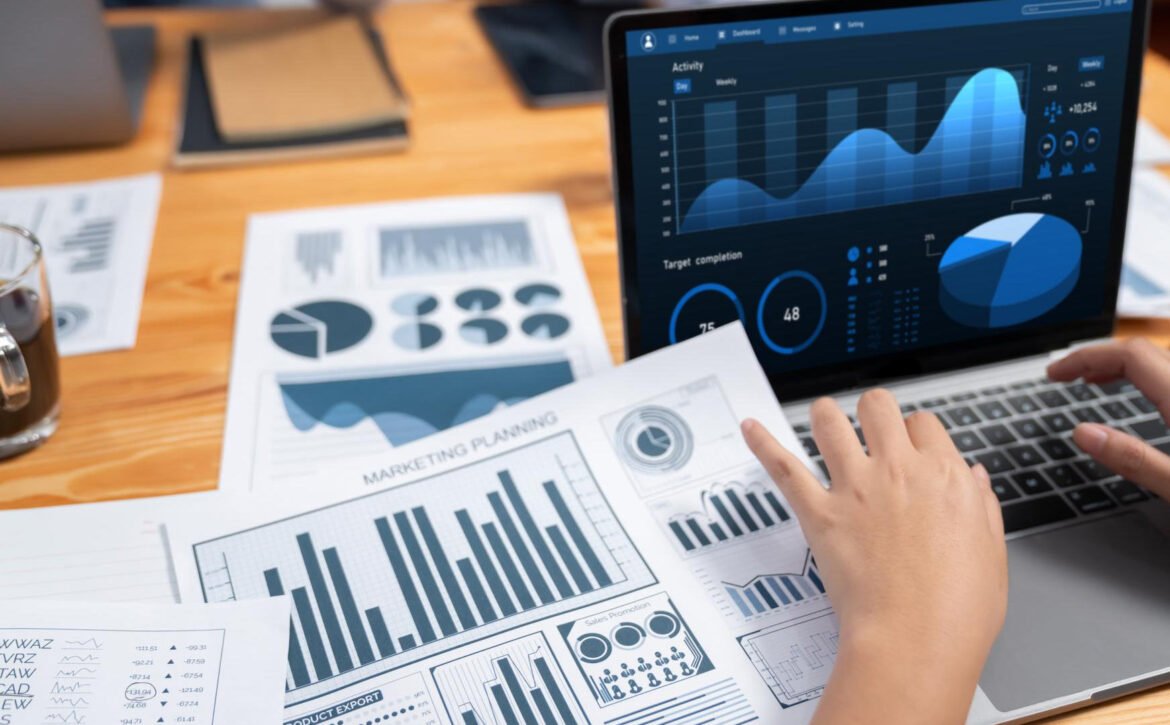Optimizing Customer Journeys with AI and Data-Driven Insights
Learn how businesses can enhance engagement, personalize experiences, and optimize every touchpoint using cutting-edge B2B examples.
Table of Contents:
1. The Role of AI in Customer Journey Optimization
1.1 Personalized Experiences through AI Algorithms
1.2 Predictive Analytics for Proactive Engagement
1.3 Chatbots and AI-Driven Support
1.4 Data-Driven Interactions and Customer Journey Mapping
2. Real-Time Data Analysis for Dynamic Interactions
3. Omnichannel Experience Optimization
4. Data-Driven Insights for Decision Making
5. Case Study: IBM’s Watson AI for Customer Engagement
Conclusion
Experience has taught us that the customer journey is now much more than a simple one-step model but a matrix of cross touch point interactions. The customer experience must be personalized and integrated, the latter requiring the efficient implementation of emerging technological areas including AI and big data analysis. It is not only that each stage of the customer journey can benefit from the integration of AI and data analytics, it also changes the way companies address customers. The above technologies can help firms strengthen customer interactions and thereafter encourage sales but also enhance customers.
1. The Role of AI in Customer Journey Optimization
While improving the customer journey, AI contributes to remodeling it by analyzing the tendencies in customer behavior, providing personalized services, and handling numerous processes. Right from awareness to retention, the AI-based solutions process varied and complex data at one go to deliver information at a fleeting instance along with a recommendation.
1.1 Personalized Experiences through AI Algorithms
Today, however, the clients’ needs have shifted from what the AI element can do for them. It has modified present products and services. For instance, in b2b e-commerce, Salesforce uses artificial intelligence in suggesting products that a certain customer might be interested in depending on details like past purchases, visits, and interests. It also increases the conversion rates and customer satisfaction since every communication done is relevant.
1.2 Predictive Analytics for Proactive Engagement
Forecasting is still another important area of AI that facilitates businesses to anticipate customer wants before they emerge. For example, HubSpot – B2B companies have incorporated predictive AI into their CRM tools to measure the leads and recommend the right time for communication. Client anticipation also seeks to ensure that consumers are reached at the right time and this will make them less likely to switch and may make additional purchases from other products.
1.3 Chatbots and AI-Driven Support
Using chatbots like those of Zendesk and Drift, it is possible to respond to customer queries instantly, thus offering customer support during off-peak business hours. These chatbots can perform some tasks such as queries, complaints, and diagnosis of issues and refer complex instances to the human customer support team. This automation enhances the efficiency and work organization of the support stage of the customer journey and offers operational savings.
1.4 Data-Driven Interactions and Customer Journey Mapping
Customer journey optimization strategy is fundamentally built on data. Every touchpoint and channel can be properly explained through customer journey maps, and businesses can identify how customers engage with them depending on the data analysis provided. Such an analysis further leads to decision-making and enables the business to solve issues of pain and advance opportunities for engagement.
2. Real-Time Data Analysis for Dynamic Interactions
The live data processing allows monitoring of customer interactions, as well as readjustment of business actions in real-time. For instance, B2B businesses such as Adobe Experience Cloud leverage actual-time information to personalize their advertising and marketing content material and present in response to utilization. If a potential client visits certain web pages or downloads some resources, an AI and data will enable an email marketing campaign or begin retargeting. Such high responsiveness allows businesses to leverage key touchpoints in the customer’s journey.
3. Omnichannel Experience Optimization
Consumers are now interacting with businesses online through the website, social media, and live events. To make this omnichannel experience as efficient as possible, we need to understand customer flows between those touchpoints. For instance, SAP Commerce Cloud leverages AI and analytics to integrate customer information from one marketing platform with another to create seamless customer experiences out of assigned specific interactions on the various marketing platforms. This kind of cohesion gives a smooth experience, which is vital when dealing with leads, especially in B2B markets.
4. Data-Driven Insights for Decision Making
The advantage of combining details about individuals and populations with AI is that it can identify conclusions that may be used. Businesses such as Microsoft Dynamics 365 use artificial intelligence as a tool in processing big data, giving important insights into trends, behaviors, and key possibilities among customers. These revelations give marketing, sales, and customer service departments critical strategies to enhance the overall value of customer interactions at each stage of the journey.
5. Case Study: IBM’s Watson AI for Customer Engagement
An example of B2B integration is IBM Watson. The customer engagement optimization tool developed by IBM has applications in banking, healthcare, retail business sectors, etc.
When implemented with customer relationship management systems it was possible to combine the responses to make interactions more personal, determine probable customer questions, and deliver help in advance. In the B2B environment, IBM Watson has allowed for the monumental improvement of response times, personalization and changes brought in the pre-purchase and post-purchase stages.
Conclusion
Businesses relying on conventional methods for customer engagement these days are living in the past; AI and data-driven customer journey mapping are already a reality in today’s world.
Many companies can progressively tailor, optimize, and captivate customers on every channel and touchpoint by utilizing advanced AI and real-time data. Thus, the AI-based tools in the scope of predicting the company’s performance, as well as choosing optimal routes for interacting with the customer, allow not only meeting expectations but also surpassing them in the long term.
Hence, for B2B enterprise organizations to survive the prevailing rising tide of customer expectations, investing in applications of thought AI and data analytics is a wise decision.
Visit Our SalesMarkBlog Section to Uncover the Sales Strategies That Ignite Your Sales Journey!











